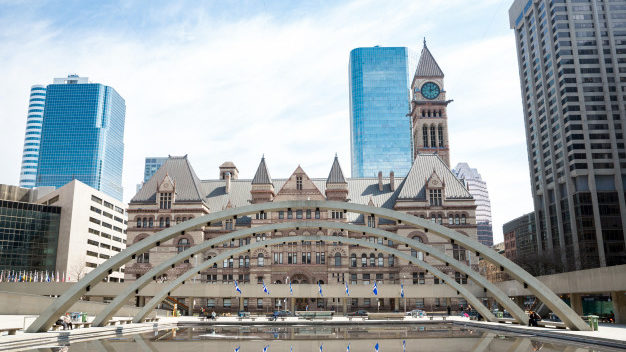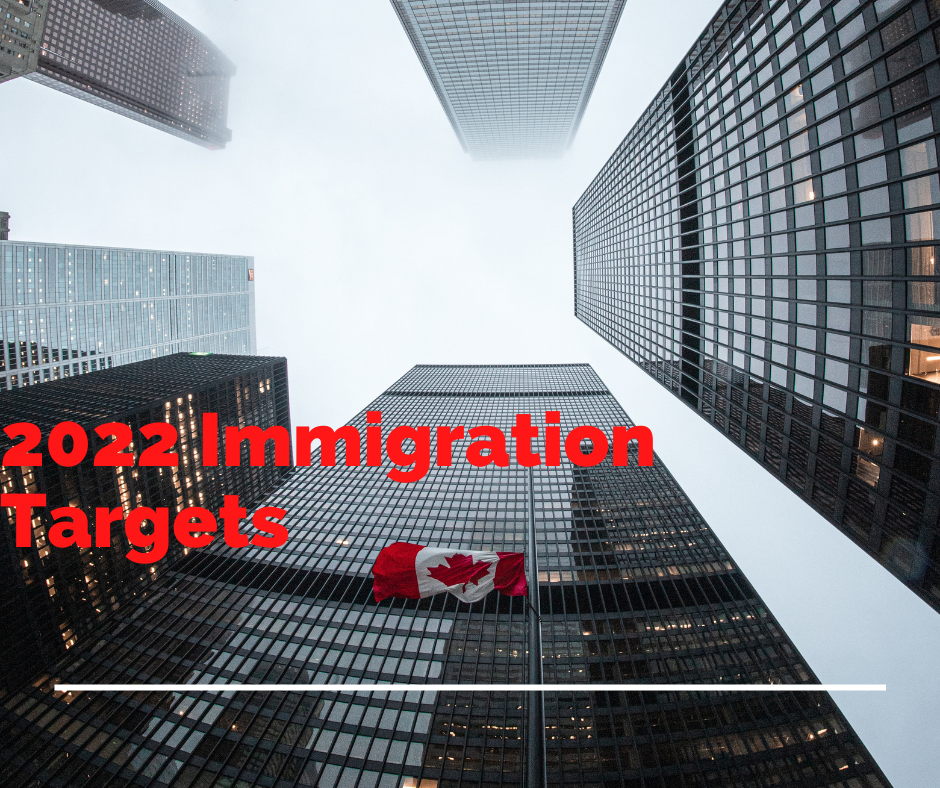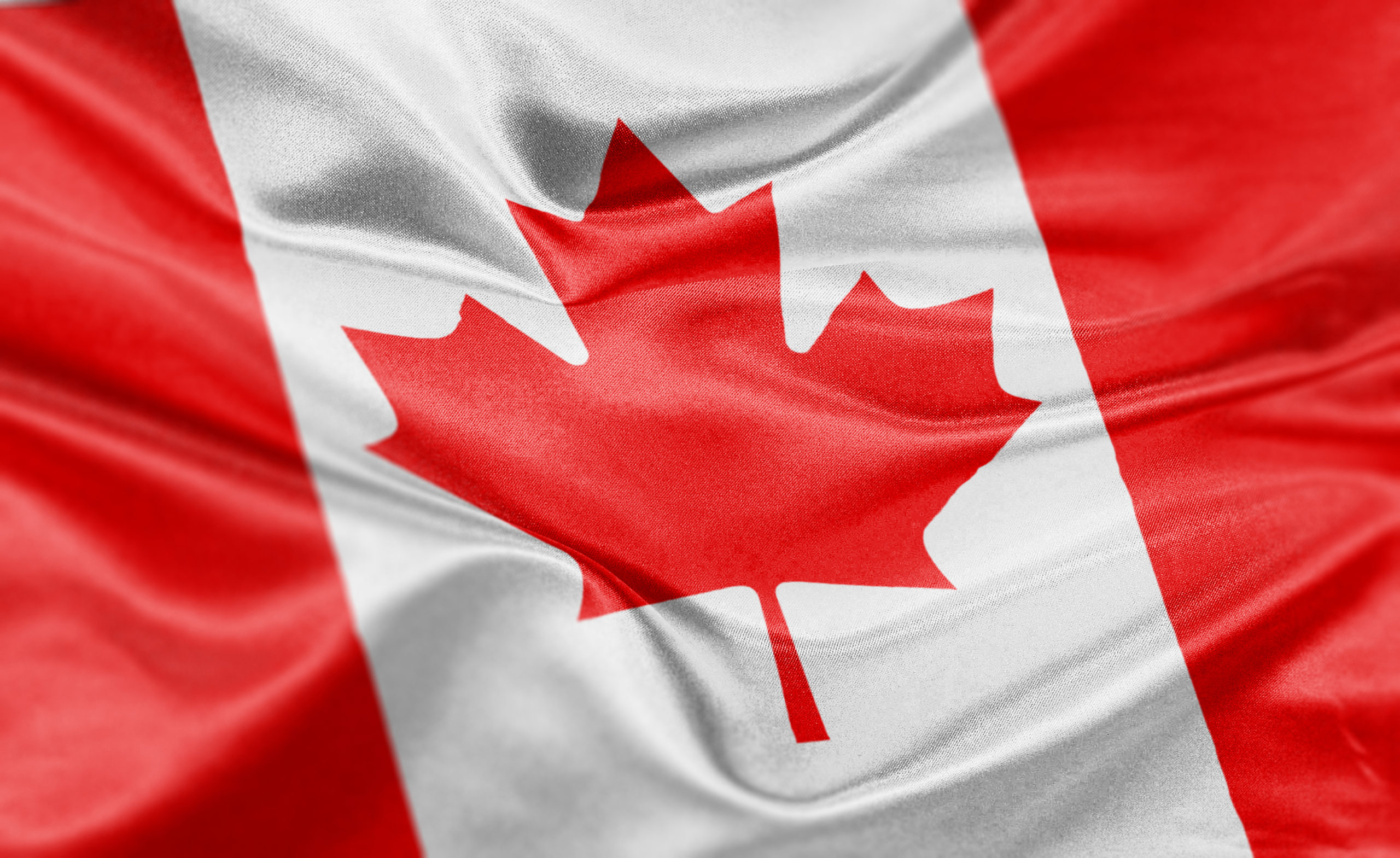
The advantage of new immigration pilot programs
There are many opportunities for skilled foreign workers to find work and immigrate to Canada. One of the most popular routes are Canada’s numerous economic class immigration pilot programs. With programs that focus on a wide array of things, from careers to communities, it’s not surprising that pilot programs are one of Canada’s most common immigration methods. These pilot programs have also proven to be beneficial for communities. What’s more, evidence suggests that creating new pilot programs is beneficial for Canada’s federal government.
Canada’s Parliament and Immigration Proposals
In the years before 2012, every new economic class immigration program had to be approved by Canada’s Parliament. The new program would be presented, and Parliament would debate then vote whether to open it as an official immigration program. Unfortunately, this process was quite slow, which was unhelpful for Canada’s labour shortages, which required more immediate solutions.
Since 2012, there have been significant increases in the number of pilot programs introduced, and there is a good reason for this. Rather, the immigration minister of Canada was legally given authority to introduce new immigration pilots. This was due to changes in the Immigration and Refugee Protection Act (IRPA), and it allowed the minister to create immigration programs for the benefit of Canada’s labour market and economy.
A program can run as a pilot for up to five years, after which they can be examined by the federal government to decide whether to keep the program, revise it, or do away with it. During a pilot’s lifetime, it can allow up to 2,750 applicants to immigrate every year, helping increase Canada’s skilled worker population and giving hopeful immigrants the opportunity to find careers. In short, even if I pilot does not continue past its test period, it still allows for more skilled workers to come to Canada with less time than it used to take. And since it costs less to dissolve an unsuccessful pilot than it would close a fully-launch immigration program, the federal government is able to save a significant amount of funds.
Progression of Pilots after 2012
The federal government started three immigration pilot programs following the IRPA revision in 2012. Two of the programs saw mixed success, including the 2013 Start-up Visa Pilot, which became a permanent program in 2018. Unfortunately, the program has had low intake numbers. Additionally, it is often overrun with applications from candidates who do not qualify for the program. And although the program brings high capital individuals to Canada, they often only stay in cities like Vancouver and Toronto.
Next, the Immigrant Investor Venture Capital Fund pilot was launched in 2015. The program intended to be an immigration pathway for investors with large incomes. Unfortunately, it did not receive much interest, resulting in the program closing applications that same year.
A more successful program was the 2017 launch of the Atlantic Immigration Pilot (AIP). Aiming to increase immigration in Canada’s four maritime provinces, it has been the most successful of the pilot programs. Over 4,000 immigrants now reside in New Brunswick, Nova Scotia, PEI, and Newfoundland thanks to the AIP. And it looks are though it will soon become a permanent program, as the immigration minister has stated in a recent mandate letter. Once the program is permanent, it may be accepting more than 5,000 immigrants into the Maritimes yearly.
Immigration Pilots in 2019 and Beyond
Several pilot programs were announced and launched in 2019. And although their results have yet to be seen they all show a great deal of promise. For example, the Rural and Northern Immigration Pilot (RNIP), announced in January 2019, is set to launch this year. Similar to the AIP, this program aims to encourage immigration to smaller communities in B.C., Alberta, Saskatchewan, Manitoba, and Ontario. Later this year, we should have a good sense of how well this pilot is prospering.
Two new caregiver programs were also announced in February of last year, aiming to help caregivers obtain their permanent residence. With the program, employers don’t need a Labour Market Impact Assessment (LMIA) when hiring caregivers. And to prevent worker exploitation, caregivers are also able to change employers if needed thanks to their work permits. What’s more, the program allows the caregivers to bring their families, including partners and children with them to Canada.
Then in July 2019, the three-year Agri-Food Immigration Pilot was launched. This pilot is set to increase the number of workers in the agricultural sector, as this industry has been facing plenty of labour shortages.
As for the future, at least two new pilot programs are supposedly set to launch in 2020. This includes another rural immigration pilot, which was mentioned in the immigration minister’s mandate letter. Similarly, a Municipal Nominee Program (MNP) is set to launch, focusing on encouraging immigration to underpopulated areas. Given the success of the AIP and the anticipation for the RNIP, it makes perfect sense that the federal government would work towards creating more regional-focused programs.

















